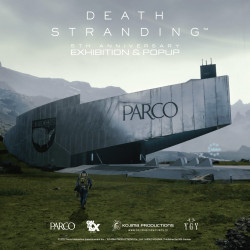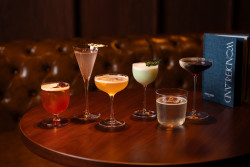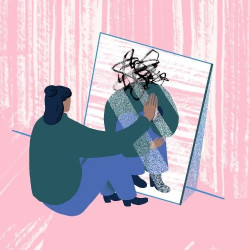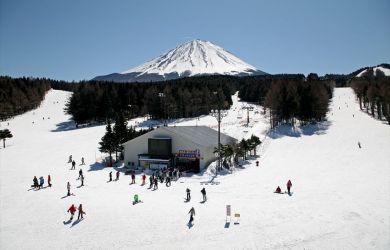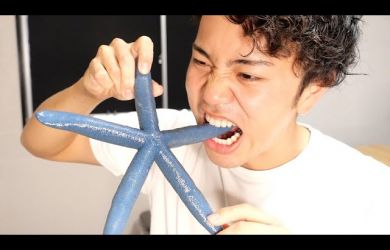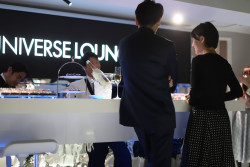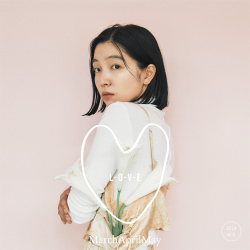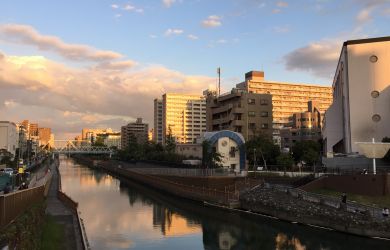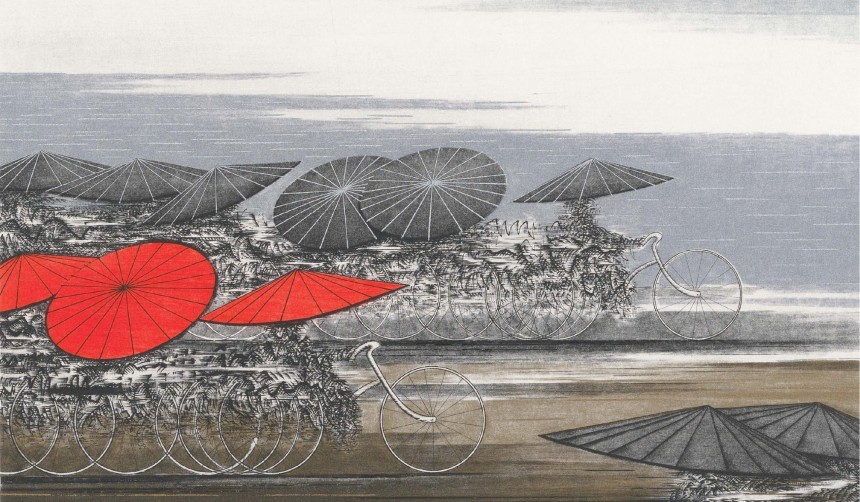
October 18, 2017
CWAJ Print Show: Tokyo’s Premier Art Fundraiser Supporting Education
CWAJ's print exhibition and sale flips the roles of art and charity
By Linda Gould
Art and charity are inextricably linked. Charity groups, from small communities to renowned groups like Doctors Without Borders, turn to art to raise money for their particular causes. The College Women’s Association of Japan (CWAJ) is no stranger to this art/charity link. This year, they are hosting their 61st Contemporary Print Exhibition and Sale of art to raise money for academic and art scholarships. In a time when the arts are often considered subordinate to STEM subjects (science, technology, engineering and math) and are being cut from school curriculums or having their budgets slashed, it is an ironic, but encouraging, twist for art to be funding scholarships for many fields of study, including STEM.
CWAJ’s internationally recognized print show is not one to be missed, for it is rare to find works from heavyweight artists such as Daniel Kelly and 104-year old Toko Shinoda exhibited with pieces from young, up-and-coming artists. It is this interplay between generations and the perspectives of more than 200 artists with varied experiences and outlooks that gives the CWAJ Print Show a unique atmosphere of energy, movement and growth.
“Art is never static,” said Nicki Harland, CWAJ Print Show Co-chair. “It is constantly shifting and developing as the artists grow.”
Education is also key to growth, for individuals as well as societies, so it is only fitting that proceeds from the sales of exhibited prints fund CWAJ’s various scholarships, awarded mainly to women, to pursue higher education and empower a new generation of leaders. The academic scholarships range from half a million to three million yen, and the recipients’ fields of study are as varied as the prints in the exhibit. Since 1949, CWAJ has awarded 800 scholarships in fields as diverse as economics, architecture, public policy and medicine. This year, the academic scholarship recipients study psychology, criminology, health care policy and hydrogen energy.
“Nothing survives without new input,” said Joanna Chinen, CWAJ Development Co-chair. By providing a platform for young artists and academic scholarships to individuals, CWAJ hopes to promote experimentation, fresh ideas and diverse viewpoints.
Art fundraisers are not without their detractors, though. Critics claim they contribute to depressed prices throughout the art world because artists typically donate work to the charity, which means it can then be sold for less than it would bring on an open market. Artists, too, are undervalued, they say. Fundraisers that accept pieces from anyone willing to donate their work have blurred the line between art and craft, between artists who are pushing boundaries or offering unique perspectives and those with skilled techniques who can draw beautiful pictures. While art is certainly in the eye of the beholder, work submitted to juried shows, like the CWAJ Print Show, undergoes a review by experts to guarantee a quality show. That means anyone purchasing prints is assured their money not only supports a good cause, but their purchase is also a potential investment.
As for undervaluing artists, Chinen pointed out that CWAJ doesn’t ask artists to donate their work. Participating artists set their own prices and receive income from the sales of their prints. CWAJ also presents the annual Young Printmaker Award (YPA) of ¥500,000 to a promising young artist based on a grant that the artist submits. That printmaker exhibits in the show three years later to tie in with CWAJ’s philosophy that art and education inspire growth.
CWAJ is an all-volunteer organization that, like so many international organizations, focuses on education and cross-cultural understanding. Most of their activities involve interactions with foreign students, working with children and hosting cultural exchanges. Unique to CWAJ, though, is their work with the visually impaired, including engagement with their Print Show. Each year, CWAJ collaborates with the Japan Braille Library to choose five images from the show to present to the visually impaired. For this special selection, called Hands-on-Art, volunteers recreate raised versions of the five selected prints in as much detail as possible—texture, shapes, images—so that the visually impaired can “see” by feeling. Many choose to then mingle with sighted guests to discuss the prints. This is a form of communication that many guests, both sighted and visually impaired, experience for the first time and say they remember long after their visit. The Hands-on-Art images are donated to the Japan Braille Library at the end of each print show.
Like music, art is a form of expression that knows no bounds and is unrestricted by language. It has shaped cultures, inspired revolutions and assuaged troubled souls. After the Great East Japan Earthquake, art played a role in aiding a nation in shock. “Art helped people heal after the earthquake,” said Misa Yasukawa, CWAJ Print Show Director, “and we have used our Print Show and programs to aid that healing.” In addition to their academic scholarships, CWAJ provides annual scholarships of half a million yen each for study at the Fukushima Medical School of Nursing and Graduate School. This year’s recipients are studying oncology nursing and midwifery.
“It’s hard being an artist,” Yasukawa continued, referring to the financial difficulties so many artists face. It’s also financially hard being a student. Buying a print at Japan’s largest print show will not only delight the buyer, it will assist CWAJ in taking some of the financial burden off those who want to better our society through art and education.
October 25-29. Guided tours available at 11:30am & 2:00pm or upon request. Free admission. Hillside Forum, Hillside Terrace Building F, 18-8 Sarugaku-cho, Shibuya, Tokyo. cwaj.org
Types of printing techniques:
Woodcut
Artists carve an image into a block of wood. The parts that will be printed remain at the surface, the parts that will not be printed are removed. The result is a relief on which the artist will roll ink. Paper is placed in contact with the inked surfaces. Multiple colors can be used in woodcut printing.
Intaglio
The opposite of relief printing. An image is carved onto a metal surface and the applied ink is pushed into the recessed or carved areas of the plate. The surface is wiped clean to remove excess ink, and the image is then transferred to a damp piece of paper when a high-pressure press squeezes the paper into the ink-filled recesses.
Lithography
An artist draws an image on a porous stone using a waxy crayon so that the stone absorbs the greasy image. When the drawing is finished, water is poured on the stone. The areas that have not absorbed the image soak up the water. Oil-based ink is rolled onto the stone, but because oil and water don’t mix, the water-soaked areas of the stone cannot absorb it. Only the greasy image areas hold the ink. When paper is pressed onto the stone, the ink absorbed by the greasy image is transferred to the paper.
Silkscreen
A thin mesh, traditionally silk, but it can also be polyester, is tightly stretched over a frame. A stencil is transferred onto the silk screen, either by a photochemical process or by hand. The stenciled screen is placed on the paper, then ink is spread on and pressed through the screen with a sponge. The ink is squeezed through the areas that have the stenciled holes and onto the paper below.
